Have you ever bought and downloaded a game from Steam that you have never played? Found a game that seemed interesting to you or that wanted to play at some point, and just never got around to it? Apparently, this is a common phenomenon on the digital distribution juggernaut. The pile of shame phenomenon is real.
From the analysis of statistical data compiled by Ars Technica in 2014, there are hundreds of popular games that are often left unplayed, yet owned. Also from the study, Ars Technica found that of the most popular games, most were utilized for their mulitplayer modes.
Making Your Library Look Good?

As evident from the graph above, almost 37% of games in users’ libraries had never been played. Another 32% of games were played 10 hours or less. That means that almost 70% of games on Steam are played by their owners for only 10 hours or less.
This data was calculated by Ars Technica by using valid, 17-number Steam IDs to see what games were owned and how many hours were put into them. While the graph may seem to be really surprising, the report also concluded that games with less than 20 hours were games that were with included in bundles or were free-to-play titles. Also, a lot of those games were were essentially made for shorter experiences — usually a one play-through single-player game.
Dominance of Multiplayer
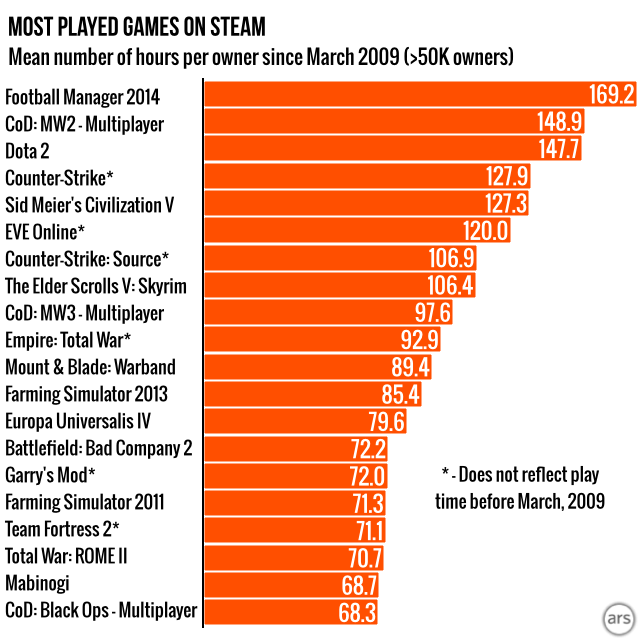
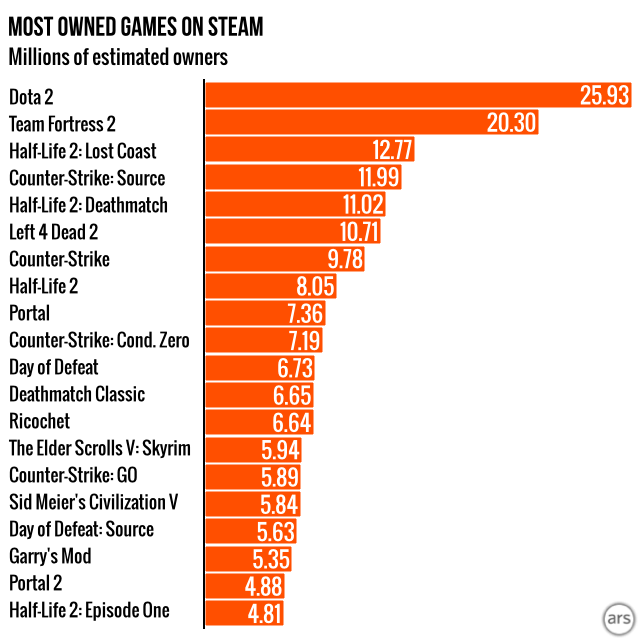
Ars Technica also found an interesting discrepancy: many of the most played games are multiplayer games or games with multiplayer modes, while many of the most owned included popular single-player games such as The Elder Scrolls: Skyrim and Half-Life 2. This lends some credence to the fascinating pattern of millions of Steam users spending money on games that have no vested interest in diving right in and playing. (Perhaps lucrative Steam sales are to blame?)
However, franchises such as Total War or Call of Duty continue to see more hours of gameplay compared to the number of users that actually owned the games. This also appears to make things really grim for indie games on Steam, as this analysis implies that the number of hours owned and number of hours played (and games left unplayed) negatively affects many indie developers. However, more data needs to be collected and a greater amount of time needs to pass to conclusively support this (since Steam only began determining gameplay hours back in 2009.)
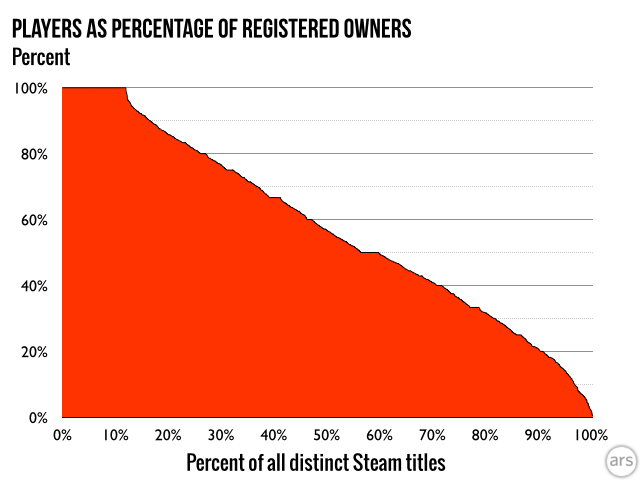
What do you think about this? Why might people own games that they never play? Is the pile of shame a bigger problem than we thought? Let me know in the comments!

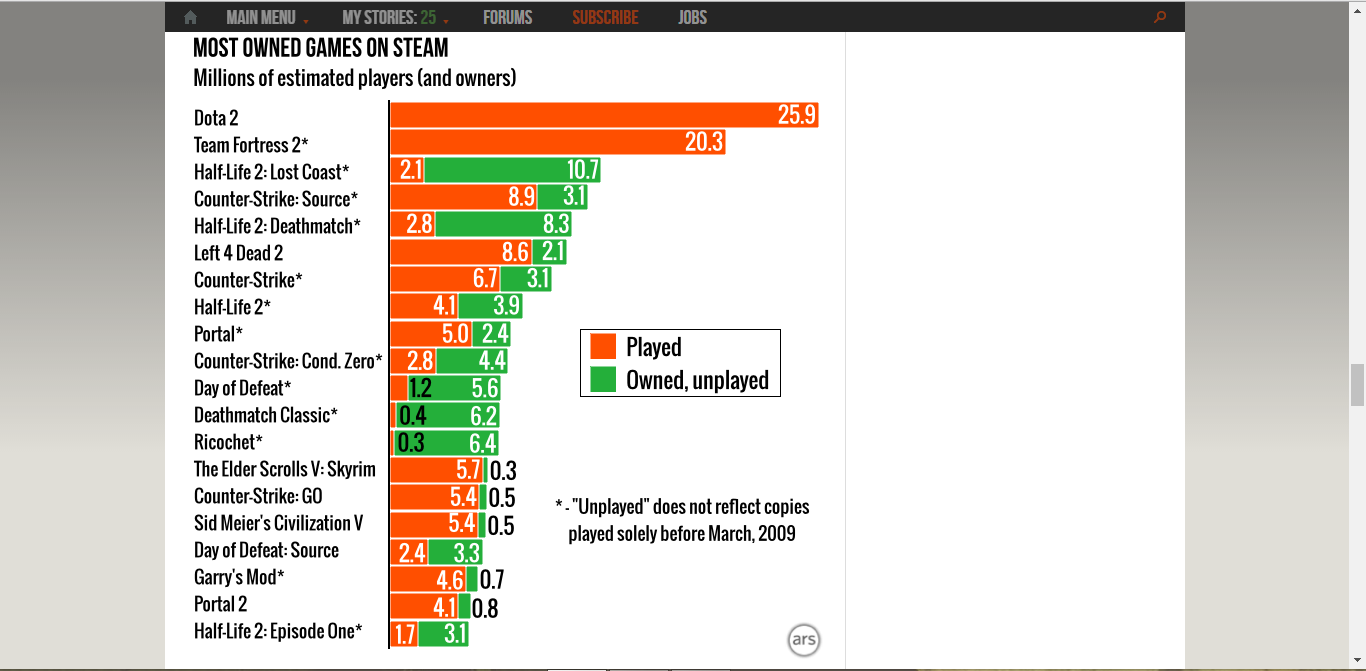






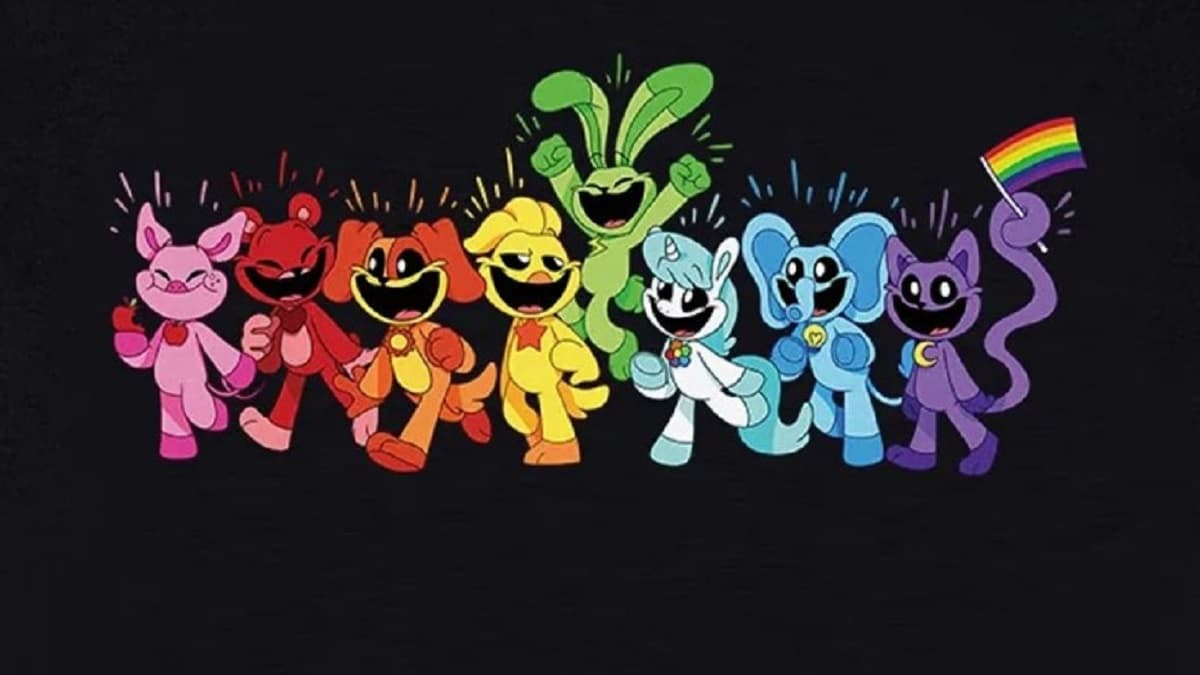

Published: Mar 16, 2016 10:50 am